-
Content count
44 -
Joined
-
Last visited
-
Days Won
5
Posts posted by 2Square
-
-
-
k
-
 1
1
-
 1
1
-
-
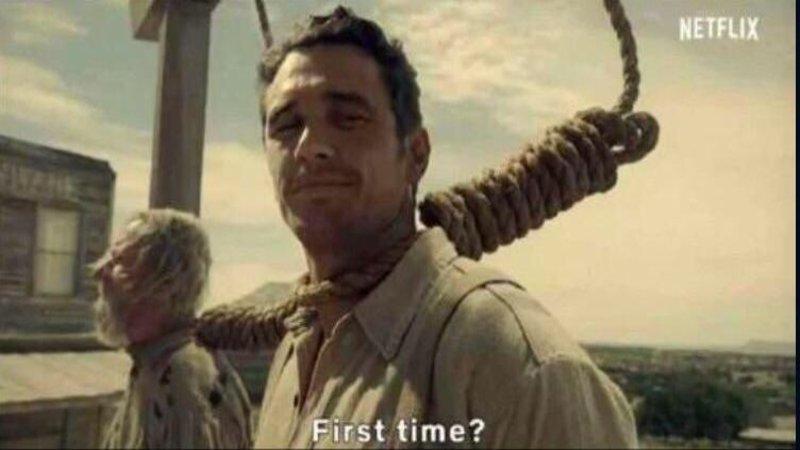
-
 1
1
-
 1
1
-
 2
2
-
-
damn dude can i get you Havoxa tissues?
-
 1
1
-
-
boycott straya?
-
 1
1
-
 1
1
-
 1
1
-
-
5 hours ago, DeHaas said:You have to see this from a cops POV. Just removing the rule can and would lead to more cops getting screwed over, like you can deck on the Cops but we cant shoot or arrest any of your little mates who are standing next to a cop waiting for him/her to be distracted and then giving them a fat bullet to the head. I feel the only way this could be balanced out is if gang wide decks are removed and although this would in theory fix the issue. Except I feel Cops would still get screwed over. Although I can also feel how you would be frustrated over the rule. Yet just straight up removing the rule would be bad there just needs to be new rules implemented to fix this.
and also the 10 man gangs sitting at SYD bridge doesn't make it fun for the cops either, SYD bridge in generally makes me wanna die even when I'm a CIV I feel as if I'm going yo either get RDM'd, robbed or just decked on so I feel some map editing or something needs to be done to remove that cancer from the server. as a nice showcase of the cancer of syd bridge there is this lovely video from Mr. 2Square :
and one last thing I truly believe should be changed is the god damn civ to cop ratio its just stupid to see 20 cops and 20 civs its just unneeded if you see a **** ton of cops on and not too many civs, GO ****ING CIV its not the end of your life you can still be a cop later its just ****y to go cop when there is a retarded ratio so dont be a dick just go civ..............................................
good video tho
-
 1
1
-
-
6 hours ago, Randall said:If you want cops to not be able to see tags then you have to get rid of gang wide decs.
As i've said the Sydney Bridge/Sydney gang issue can be solved by changing the declare rule.
Gang wide decs on police and vice versa do not take effect inside City limits. This stops Sydney gangs bringing 10 people in and murdering the police force by sitting in 100 different buildings/spaces when one of their mates gets arrested for robbing/killing a random civ on the bridge.
If it is a vocal dec from the cops or a gang it should only be a dec on the ppl in the area, so yeah I agree wid u
-
8 hours ago, bonked said:You literally just reposted this from earlier? @2Square Is the nick giving 2 seconds for people to comply?
yep
-
44 minutes ago, Critters said:I have a few points to raise on this;
- Sorry and not meaning to be an ass hole but correct terms must be used. Metagame is any advantage obtained by out of game means, what u are referring to is Fail-RP
- Civ's can use these tags in dec so why can't we?
- This was put in place because gang's dec, hide their weapons, one shoots and the others just stand in the middle of the street waiting for a cops back to be turned when the Cop can in some cases, be fully aware of gang affiliation through legitimate RP, yet can do nothing about it. It got abused to a point where it was so bad that it was cancer to even be on GD.
I agree with you on this, I think that it is fair to cops to know who they are shooting at like us civs do, but I think it needs to be handled in a seperate way. For example if one of my boys get in a shootout with a cop and they are going full at it and I just rock up to watch and 100% of the time the cops arrest me for 'gang affiliation' when I didnt do anything and was just standing there, half the time they see the SF tag or the bounty and call it 'gang affiliation'. It should be that if a cop is in dec with a member of SF and are in active combat, they should only shoot at the member that is actively pursueing them (e.g. following them, has a gun out, shooting them). A great example of what should happen is this video:
But this only happend because all of us are good mates with Lenny. I can see you point of view and I agree with you, it just has to be handled in a different way.
-
Just now, Freyjas_Valkyrie said:or rename it to team death match which is exactly what it is currently except cops have the massive advantage
its only team death match when the boys are restrained
-
 1
1
-
-
-
Look lads, I don't know if straya is dying right now or if people are just off studying but the number of people on straya compared to Darkside has changed a lot to the point where the server looks dead. I really don't like seeing straya like this. I know that straya has its ups and downs, but it doesn’t change the fact that something has to change. The boys and I have been playing darkside a lot now and been seeing SOA, LYNX, FU, ACU and some other gangs playing on Darkside as well. the reason the boys and i have been playing darkside is because its more fun than straya, the rules are better and are fair to the entire playerbase. It's really fun playing on darkside but it just doesn't feel right without the straya community. I think straya can really be improved in multiple ways and feel free to reply to this post and suggest other ways that it can be improved.
- Gang affiliation: basically allows for cops to metagame civs tags which is pretty unfire to the civs and discourages actual gang creation and gang gameplay, the boys and I have taken our tags off a couple times just so we cant be metagamed. But i can understand how this can work in certain situations.
- Money carrying over to civ: we think this could abolished and the money that you have on civ and cop should be independent of each other. We think that this would create more roleplay situations because cops like @fegget (:heart:) aren't going to be money hungry and instead going to focus on more roleplay situations.
We have also asked some members of the community what they think about straya and what could be improved and what are their views about the server as a whole. Here is some of that;
Nick: Support Team Member - "The shit they need to get rid of is the mets game rule where you can use others tags, that’s what ruin it, let 5.56 in city for civs. I view it is a cop server"
IAmJack: Altis Life Server Moderator - "I would suggest start with small things, small changes, do able thing first, I might not played this for long, but i have raised a lot of suggest, mainly for medic and all goes into toilet, for myself, as a medic, I think arrest after someone got killed and revived is bullshit, same thing happen on cop got capture after revived. People who die and got revived should be released at safe zone and let them start again, otherwise people will just camp corpse or respawn, not good for cop, not good for rebel and worse for medic, a lose lose lose situation"
Shepherd: SIS Member - "Not sure, I haven't played recently enough to know what the server needs currently. From what I've heard and seen its poorly managed and does not provide a good experience for people playing as civs which is a vast majority of the playerbase"
Snowy: Leader Of SIS - "Oh there are a million things. Most of them are rule based and contracting. It's hard to same what would work but I think it's a lot more than just hey here some new shit. Staff need a change over. Like bank is in a shit spot. Cops are op. No one is doing rebel shit. Copper it's half way across the map. Like it should be easy to do. Copper and iron proc need to be closer. Making money for new players suck. Cops are rules suck for civs. There isn't much to do for the no rebel civ. Contacting needs to be bigger and better. The main cop contactor have there own base etc. Probs **** this one cos I will never get it. I can't comment on bank as I have never done it. Staff need to change there need to be a mix of contractors, rebels, cops and normal peps. That just a few. Making the server nicer for new players. All I see every day is new players getting ****ed on. Need more events. Make jail an actual thing. So people don't escape after there been ****ed on. Make it like a bank"
Mitch: Community Manager - "Talk to Bouda or Jdawgz"
Ethan: Leader Of LYNX - “Similar to Snowys argument, seeing new players jump on for a couple of days and log off because they’re are getting railed by big boys is sad for the community, as it limits player pop and money going around the economy. Sure determination can split the difference between a basic clan and successful clan, but seeing new people who have no clue how to start with no direction can be hard and unmotivating."
Rolex: Former Altis Life Moderator -”Get rid of the gang affiliation stuff, focus on making the rules equally beneficial to both parties.”
Sun: Leader Of Clout 9 - “Civs need a civ admin.”
Hugot: Support Team Member - “Well I would view the server as a little bit boring and that it needs a change because for the past two years it has been the exact same. What I think needs to happen is that the devs change up the map so it is completely different. And be maybe fixing some of the problems with how there are more cops than civs”
Mathew: SF Member - “The server is a shit show when it comes to cop vs civ roleplay and pvp, the cops have lvl 4 or explosive proof vests while civs have max lvl 3 vests. Most the cops think they are rebels and just roll around in helis and hunters decking on rebels when it's not necessary, for example when doing a drug run or you just finished a war with a gang they somehow know and rock up and arrest the winning gang or the "leftovers". Also another problem is when our gang (sf) kill just a few cops in sydney. every other cop goes on armoured patrol just for a few civs having a 9mm guns, it's a altis life roleplay server not North Korea life. One more point is that cops and meta your name and arrest you for something your gang member did, this shouldn't even be a rule in the first place as it just gives cops a massive advantage over civs, especially civs in sydney as you could be unarmed and you gang member gets arrested for dumb shit then the next thing you know your arrested for standing there unarmed. Theses are some of the main issues I wanna address.”
We really want Straya to grow. Please leave any other suggestions below
-
 12
12
-
 2
2
-
 3
3
-
-
Cheers boys
-
Just now, Big Kev said:Can I see your homework?
that word scares me
-
18 minutes ago, Jay said:No Harvard referencing?

bruh
References
Adams, S. (2006). Mahatma Gandhi. London: Franklin Watts.
Britain's Indian policy, 20th February 1947. (2012). .
British Telgram. (1857). .
Downing, D. (2003). Mohandas Karamchand Gandhi. Oxford: Heinemann Library.
En.wikipedia.org. (2019). British Raj. [online] Available at: https://en.wikipedia.org/wiki/British_Raj [Accessed 14 May 2019].
En.wikipedia.org. (2019). History of the British Raj. [online] Available at: https://en.wikipedia.org/wiki/History_of_the_British_Raj [Accessed 14 May 2019].
Encyclopedia Britannica. (2019). Indian Mutiny | History, Causes, Summary, & Facts. [online] Available at: https://www.britannica.com/event/Indian-Mutiny [Accessed 14 May 2019].
McLeod, H. (2012). Gandhi & Indian Independence.
The National Archives. (2019). The National Archives. [online] Available at: http://www.nationalarchives.gov.uk [Accessed 14 May 2019].
-
Year 12 Modern History Research Assessment
“British Imperialism in India”2Square
May 2019
Hypothesis: That the British colonisation of India bought benefits and also disadvantages to the people of India.What was the reasoning behind the colonisation of India and what effects did new imperialism have on the country and its people.
The British colonisation of the Indian subcontinent that took place between 1757 and 1947 affected India in many ways, both positively and negatively. Great changes were made to the way the native people lived that were not always in their best interests. Britain viewed India as a great source of raw materials and man power and took steps to ensure those things were taken advantage of. When the British first went to India the country was un-developed; had little large-scale agriculture; no infrastructure; roads and railways; healthcare, education or organised government. Although the British didn’t blatantly invade India, it started its moves into India when the East India Trading Company began trade between India and the west (Britain), who made changes to India support its own endeavours.The major vehicle Britain used to make in-roads into India was via The East India Company which was formed in England for the expansion and development of trade with East and Southeast Asia and India and was incorporated by royal charter in December 1600. “The Company” as they were commonly called, became a one-stop-shop-trader and monopolised the way India traded; they became involved in the politics of the country and introduced a lot of new industries such as education, transport, railroads, a postal system, hospitals, western medicine and new types of agriculture that serviced British needs in Britain. However, the demand by the English for new crops like cotton meant Indian farmers had to use their land to grow this exclusively rather than food crops for their own families and domestic trade, and the people suffered starvation.
Through the introduction of new technologies, India was able to modernise extremely quickly. With the introduction of trains and road. The Company was able to transport their goods (minerals, spices, cotton) to ports for shipment to England. These things were initially seen as a benefit to the native Indians but quickly became a problem. The native people were poorly paid and struggled to earn enough to buy food for their families, which they could not now grow due to the demand for their land for other crops. In bringing in these modern changes they were effectively trying to economically develop the country and make a profit by buying Indian goods and resources cheaply and selling them at a higher price to the British consumer who saw Indian products as exotic and new. This can be proven by the 20th Century History Readers in the book Mohandas Gandhi saying; “Britain brought in major English education while building railways and roads”. I order to build this thought the Britain put the population of India through a lot of famines.
Indians were treated very poorly during Britain’s colonisation of India. For example, when the British attempted to westernise the culture of India, they did so often with force and insensitivity. One of the actions taken during the process of westernising the country was reforming the land to the British liking and not what Indians needed to live. By doing this they angered the people of India because in some instances the land was sacred and this was offensive to the people in regard to religions of Hinduism, Muslim and Sikh. Great areas of farm land were given over to the growing of cotton for export to Britain and cheap native labour was used to great profit for the British. Living conditions for the local were basic and often little or no pay was provided for their labour and efforts. Many local people were used as house staff for wealthy families while the working families lived in poor conditions with little food and clean water. Some evidence of this can be found from the book Mohandas Gandhi by 20th Century History Readers stating the following; “Indian princes all entirely dependent on the British allowing them to keep their authority.” This being said the fact that the British were taking everything from India and selling it around the world. This means that the British would have used the Indian princes as puppets to make the population work harder in rougher conditions.
As time when by and the Indian patience for such treatment grew short a rumour about the British greasing the bullets in the Sepoys gun with pig and cow fat started to circulate throughout the town of Meerut and the Indians had, had their last straw and began to rebel against the British rule. The rebellion was short lived as the British defended themselves fiercely and either killed or jailed anyone who rebelled. When the British government saw this they decided that they should take control and then creating and passing The Government of India Act of 1858 which led to the creation of the British Raj. As part of colonising the country they also had to reform and create new laws that would fit the administration of the country and which also catered to the landscape, people of India and the British Raj. The British Raj instituted better administration of government and more organised services and government policies although mostly written to further the British not the native Indian. Indian Nationalism – father is Bal Gangadhar tilak as he was the first to start the idea of nationalism around 1890’s. Fight against the British Raj to be independent of Britain and the British Raj. Nationalism was “India for the people of India”
By referencing this from the same document as before, we can clearly see that the British government wanted to create an autonomous India, that could rely on itself and didn’t need help or resources from other nations or countries. Although in order to do this, there was off-the-records things done to the Indian population that were quite contrary to the intention of the document. The introduction of The Company allowed the British Government to utilise approximately 1.75 million Indian soldiers as the backbone of the British’s military, called the British Indian Army. They were called “Sepoy” meaning infantry soldier. They had also created a law which required Indian troops to serve overseas if needed, which according to Hindu tradition causes loss. This created a sense of hostility between the Indian and British troops. The British were once again seen to be culturally insensitive to Indian values and according to Hew McLeod, author of Gandhi & Indian Independence “Rumours started circulating that new (gun) cartridges had been greased with animal fat. As cows were sacred to Hindu and pigs were considered unclean by Muslims.” and this, with the combined rising tensions between the British and Indian troops is how the Sepoy mutiny started in 1857. Rumours spread throughout Meerut about the cartridges and the Indian Sepoys began to kill every British soldier and white person in sight. Evidence of this happening is in a British telegram that was sent from India to the British government on the 9th of May 1857 during the aftermath of the mutiny and it reads; “Received the 85 prisoners this morning. All is quiet. Asked for Assistance of Military Guard, is to be at Jail by Sunset. Sentence of eleven of the prisoners reduced by Genl. Hewitt to five years. The remainder to be imprisoned for ten.”. This directly shows how the British reacted to the mutiny, trying to shut it down as quickly as possible to stop it from spreading throughout the entire country. The source is used to present this argument is a primary source as it is a transcript of what had happened and what the British had done to the Sepoys that had turned against them. After this happening, it would have had devastating effects on the Indian population as a whole even if the British tried to stop it from happening, because once it happened and the rest of India found out that the cartridges were greased with animal fat, it would have drastically affected the trust between Britain and India.
Although The Company and the British Raj bought with them improved healthcare, transportation, infrastructure and trading opportunities to the Indian peoples, the British were arbitrary and forceful in their approach; insensitive to ancient Indian religious practices and values and did not value the true Indian culture in its own right. The native Indian culture became overshadowed by the British colonisers. Colonising India had huge benefits to its people but also brought a feeling of being the second-class citizen in their own country.
Through the traumatic years of colonisation the native peoples suffered at the hands of their colonisers. Change was swift and sweeping and touched every part of Indian life, it was a sometimes violent transition and it has taken years for the Indian people to see and benefit from the changes made. The class system, as learned from the British, is still strong in India and is one thing that may take many generations to eradicate so that wealth is evenly distributed through India’s people. The British provided everyday Indians with opportunities but even so they had to be worked for. Although challenging and disturbing, colonisation has paved the way for industry and education for generations to come.
According to documents deemed top secret at the time, called ‘Britain’s India Policy’ found in England’s Nation Archives, it states “The Cabinet Mission which was sent to India last year spent over three months in consultation with Indian leaders in order to help them agree upon a method for determining the future constitution of India, so that the transfer of power might be smoothly and rapidly effected. It was only when it seemed clear that without some initiative from the Cabinet Mission agreement was unlikely to be reached that they put forward proposals themselves. These proposals, made public in May last, envisaged that the future constitution of India should be settled by Constituent Assembly composed, in the manner suggested therein, of representatives of all communities and interests in British India and of the Indian States.” By stating these things, it is meant to be read that Britain wanted to administer India but didn’t want to do things forcefully and were more than happy to work with the major Indian powers and different state governments to come to a resolution that they could both agree upon and both benefit from. By doing this they were showing that their intention towards to the Indian population was genuine. The article concludes by saying; ‘It has long been the policy of successive British Governments to work towards the realisation of self-government in India. In pursuance of this policy an increasing measure of responsibility has been devolved on Indians and today the civil administration and the Indian Armed Forces rely to a very large extent on Indian civilians and officers. In the constitutional field the Acts of 1919 and 1935 passed by the British Parliament each represented a substantial transfer of political power. In 1940 the Coalition Government recognised the principle that Indians should themselves frame a new constitution for a fully autonomous India, and in the offer of 1942, they invited them to set up a Constituent Assembly for this purpose as soon as the war was over.’
yo this is due tomorrow
-
 3
3
-
 3
3
-
 1
1
-
 1
1
-
-
1 hour ago, bonked said:Just arrest 2square? He sits in Sydney every day. He's given gd half their money.
im good, thanks anyway
-
 1
1
-
 1
1
-
-
-
-
-
 2
2
-
 1
1
-
 1
1
-
 1
1
-
-
Stop or die
-
 1
1
-
 1
1
-
-
im new
i am vry knew
-
-




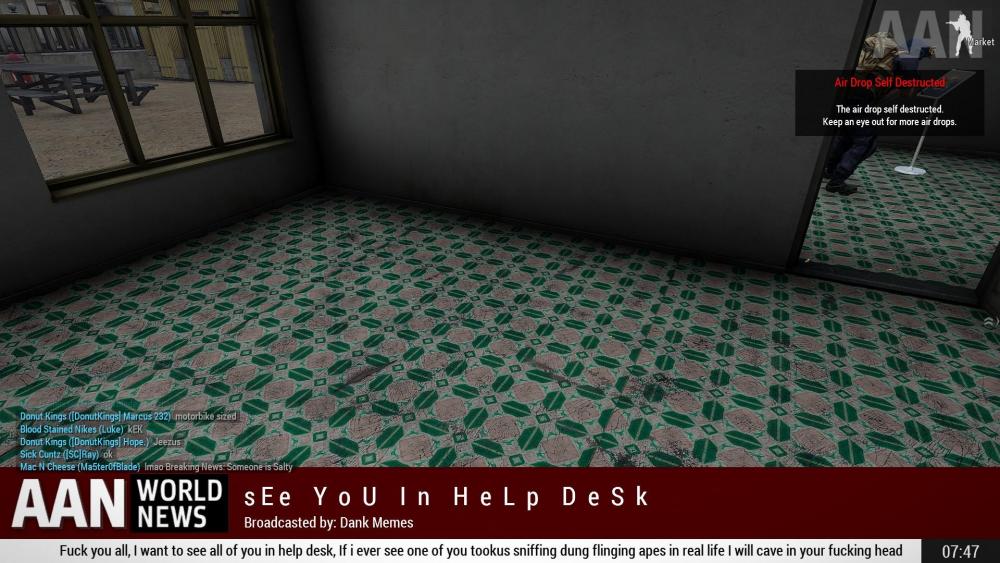
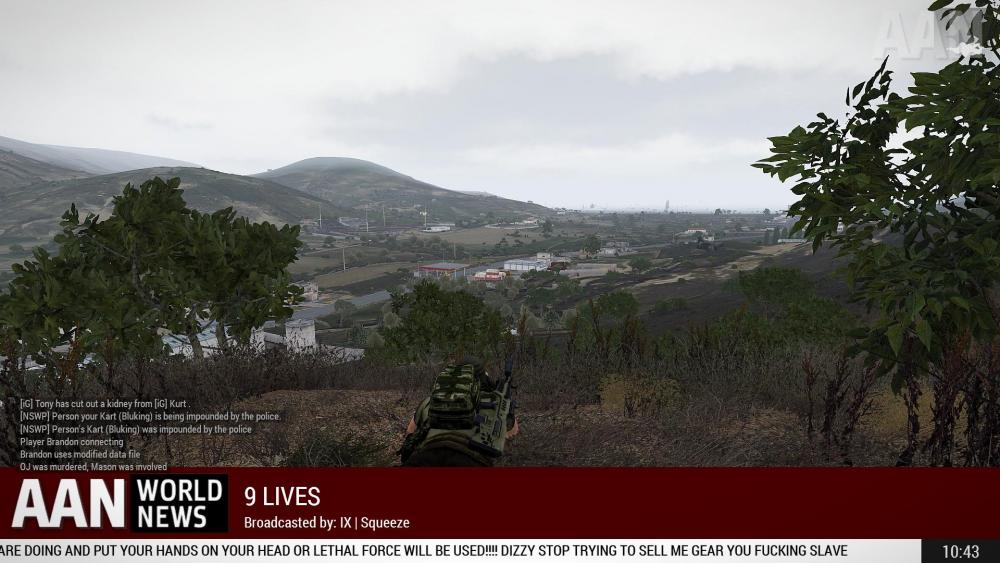
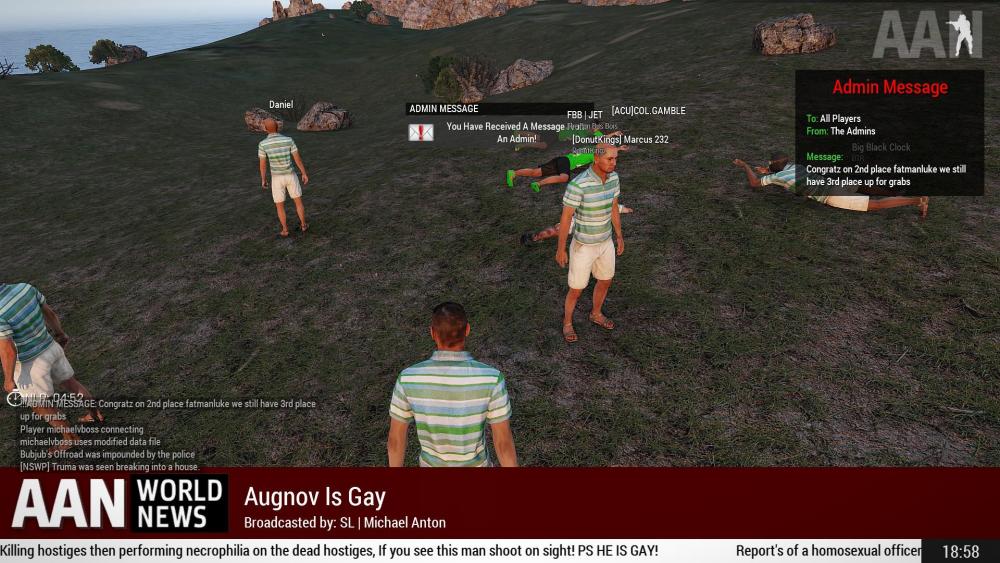

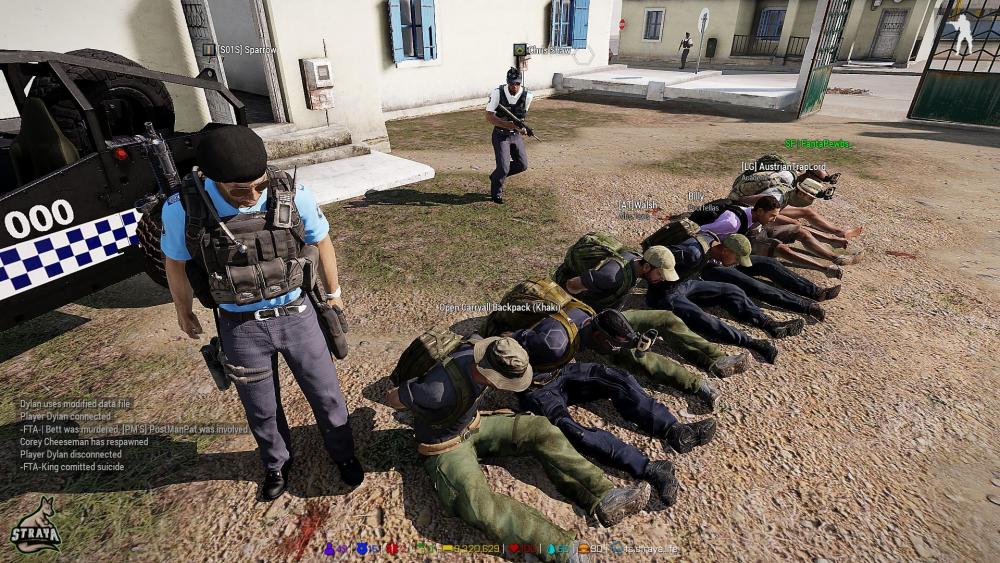
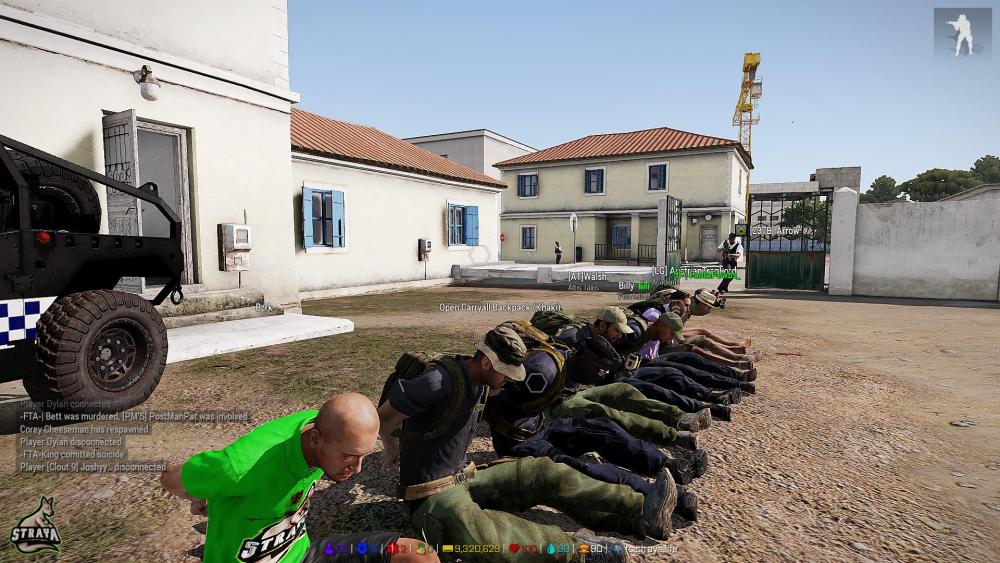
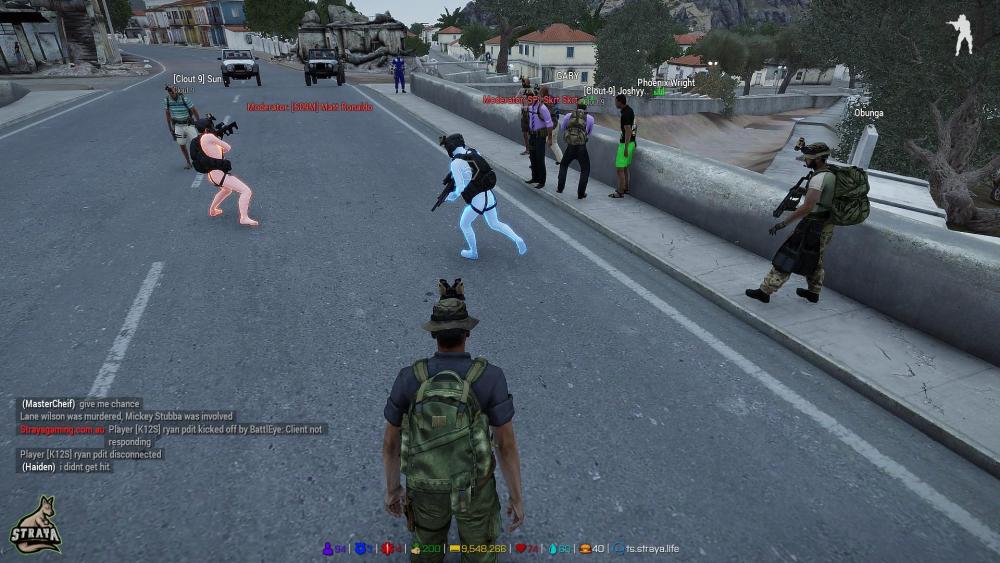
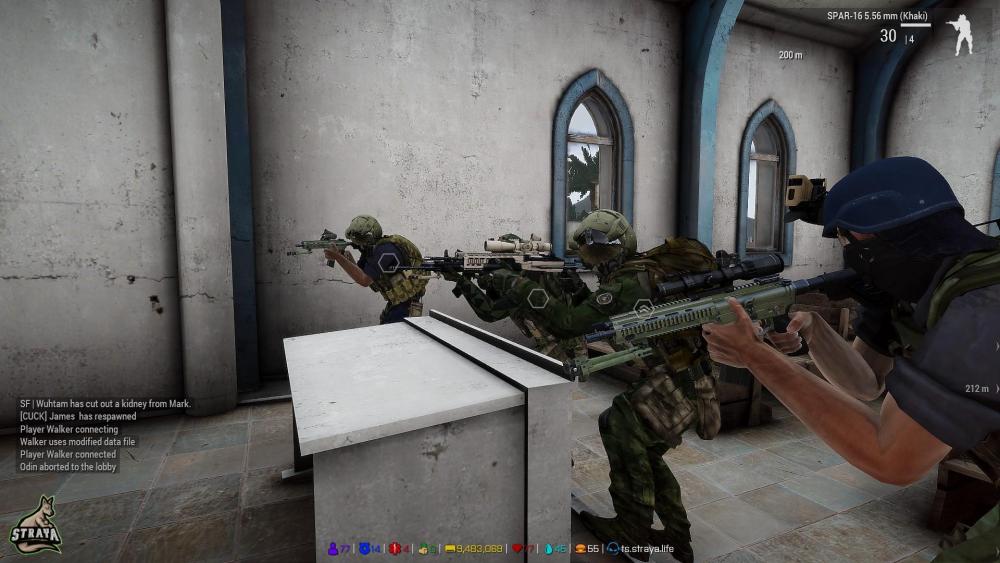
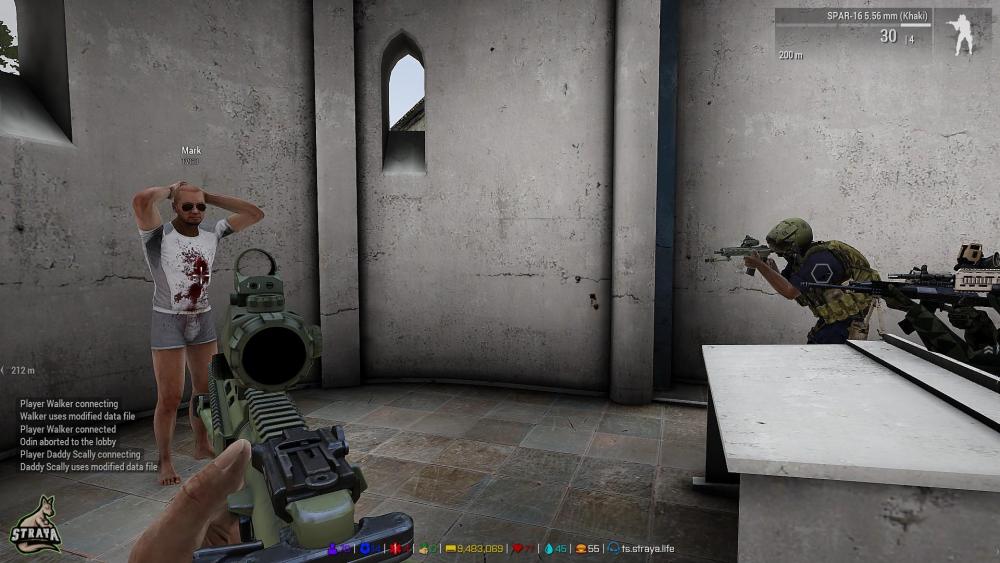
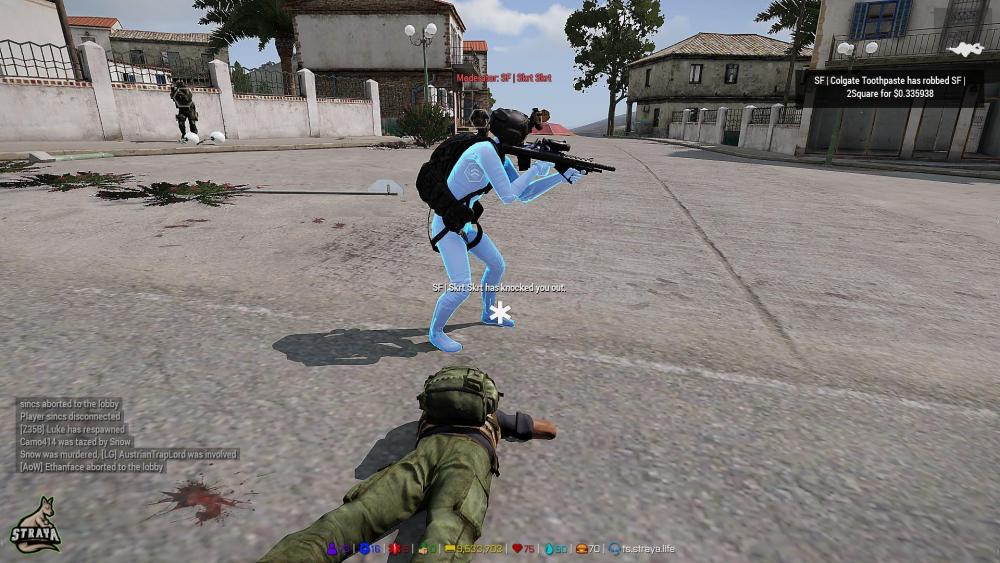
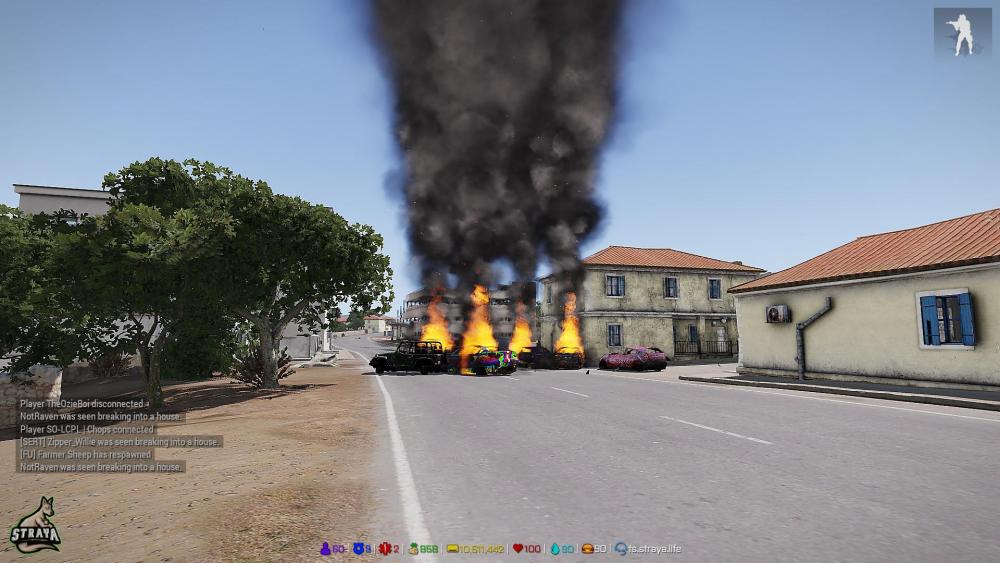
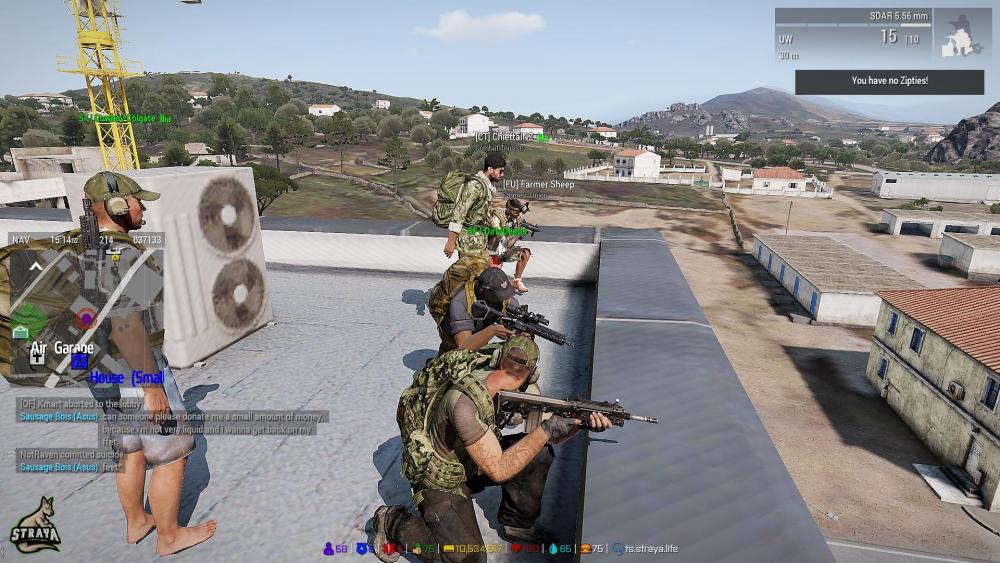
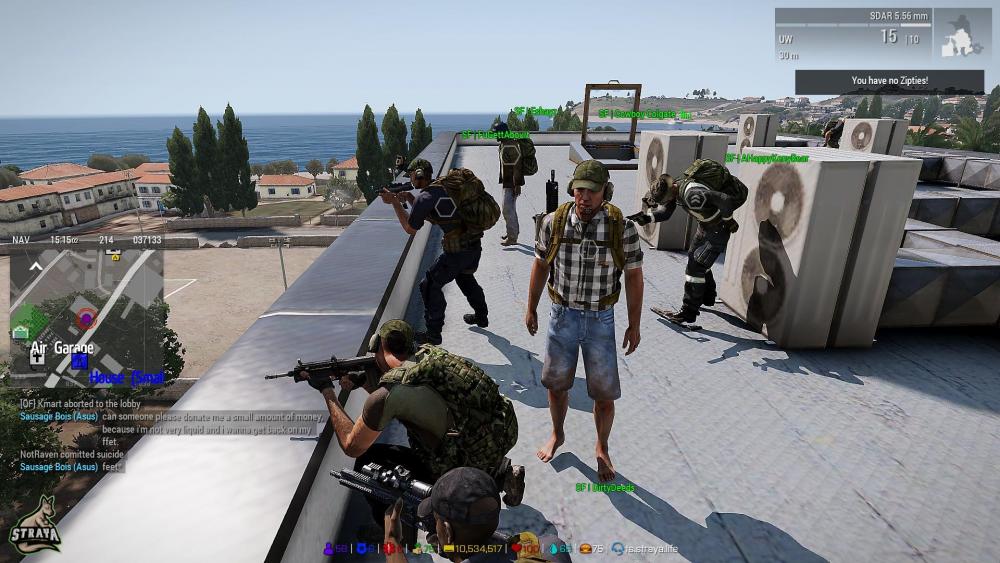
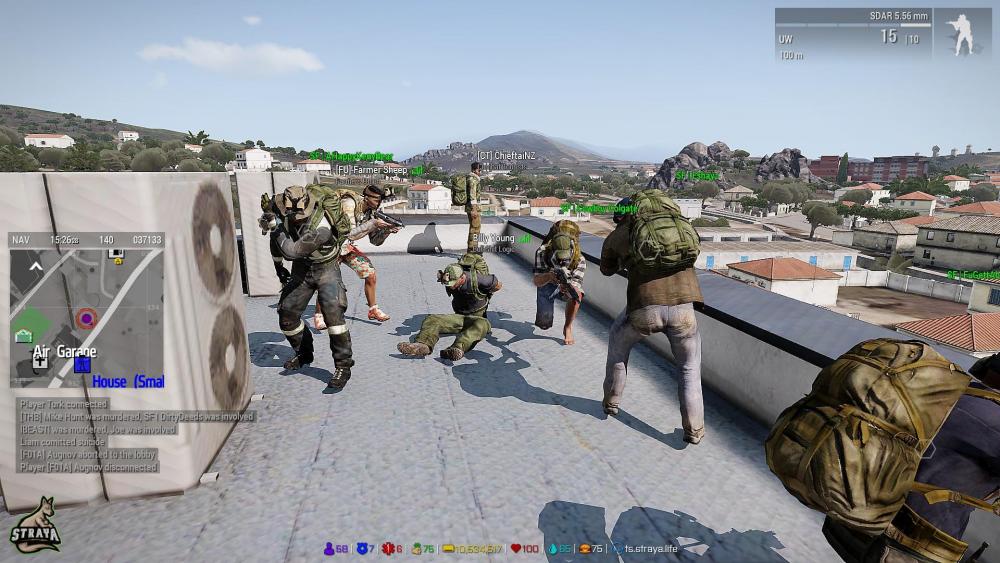
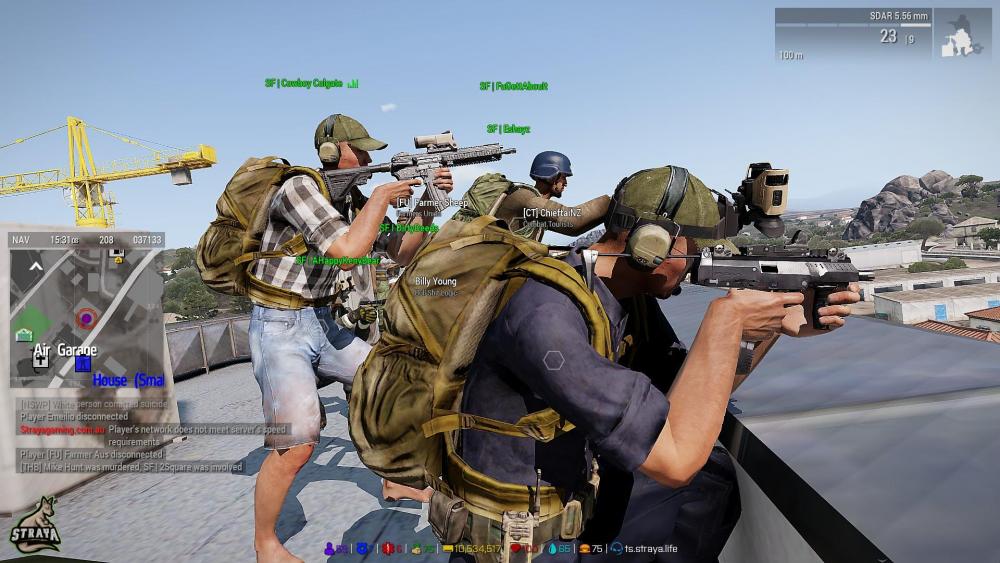

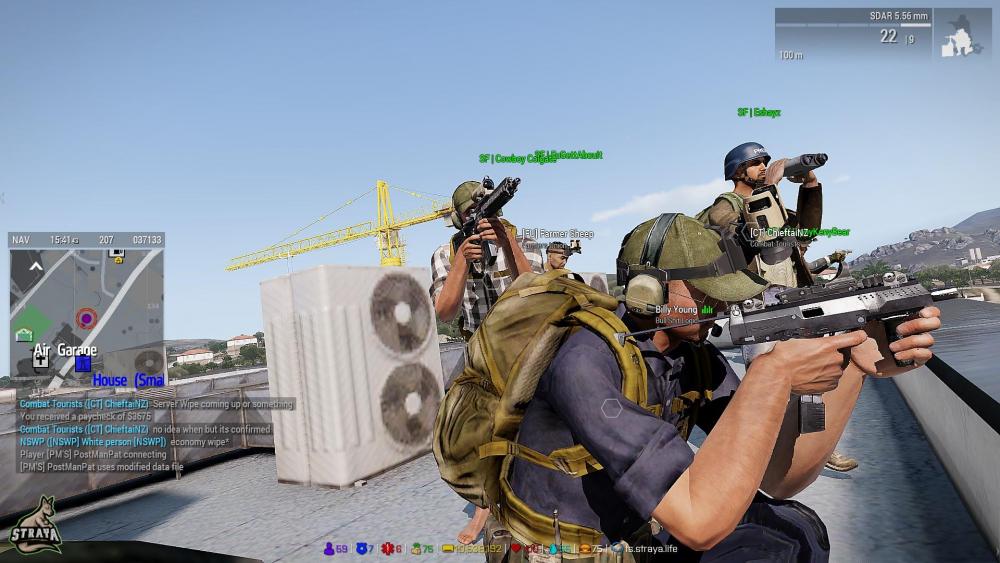
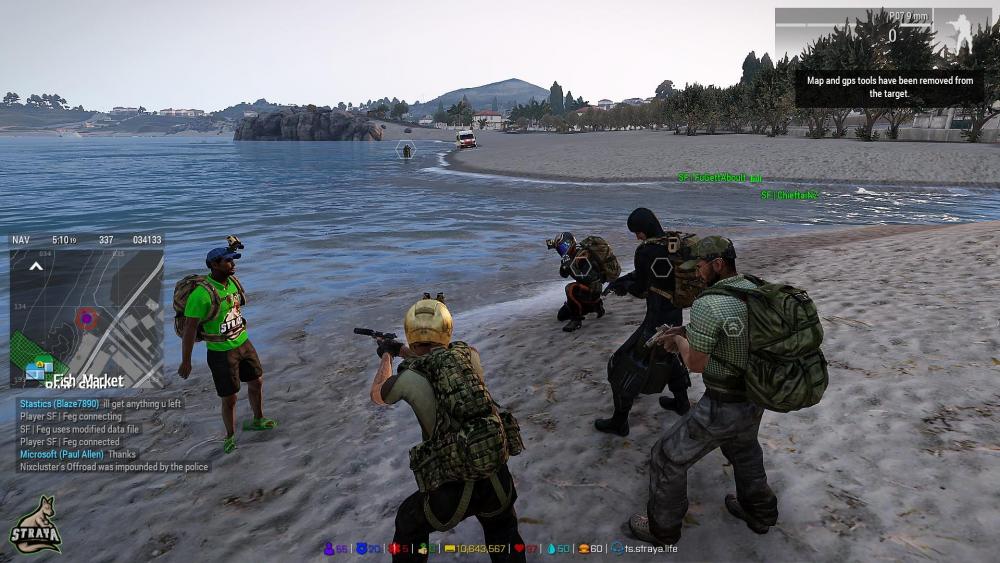
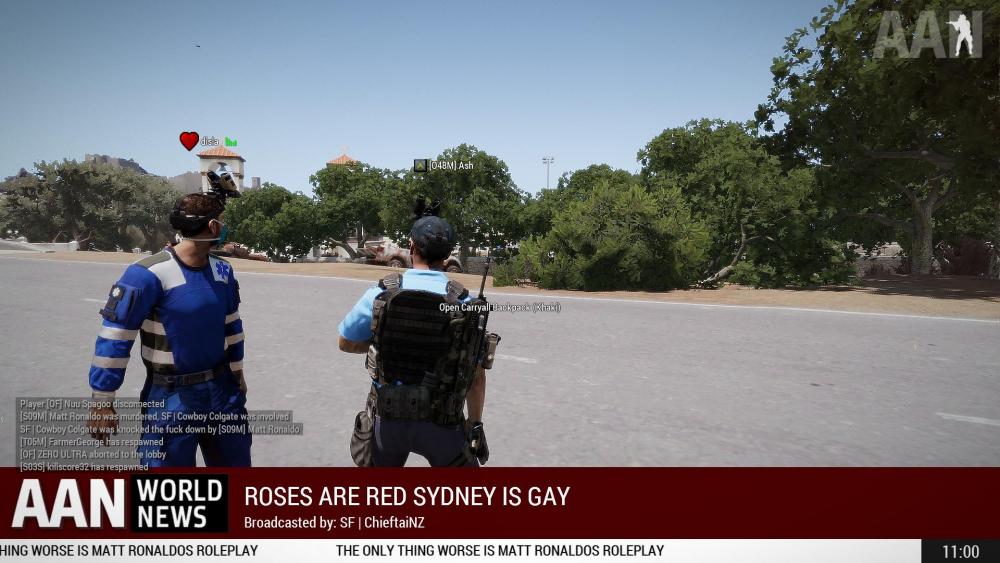
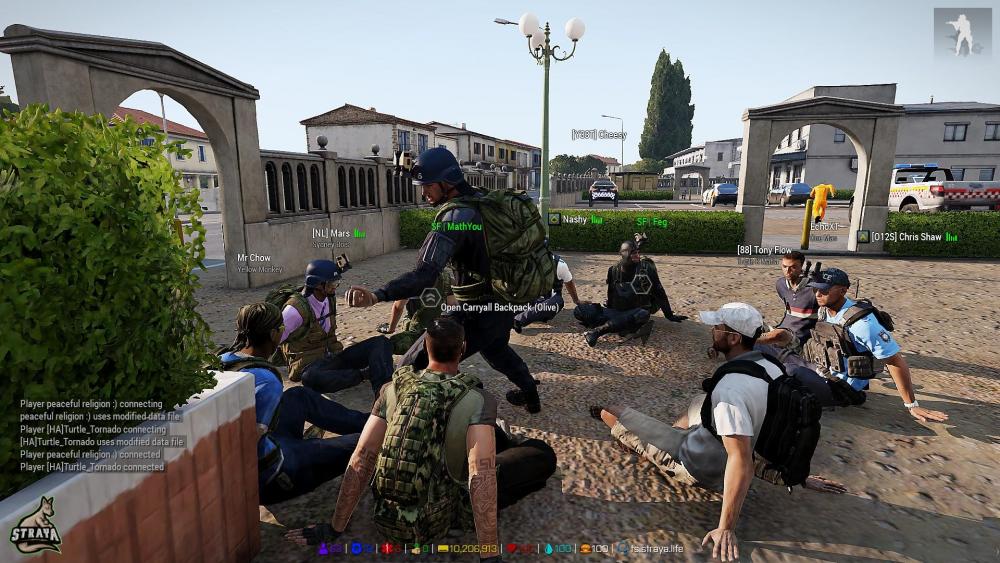
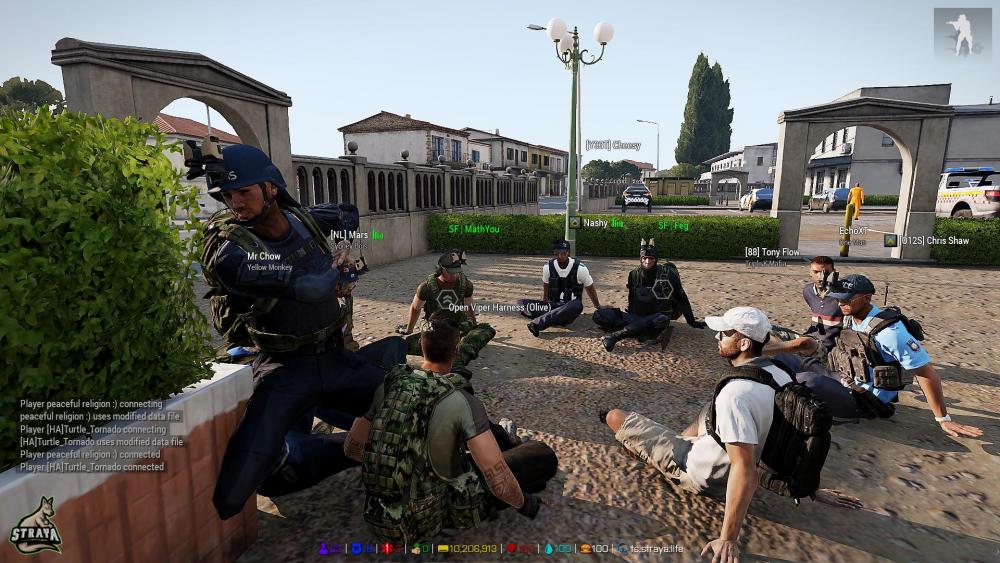
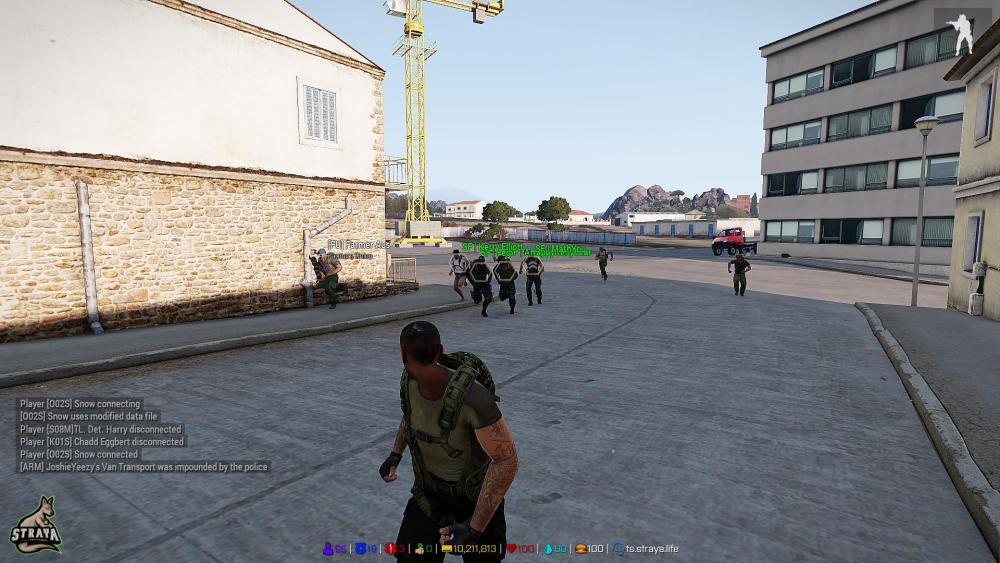
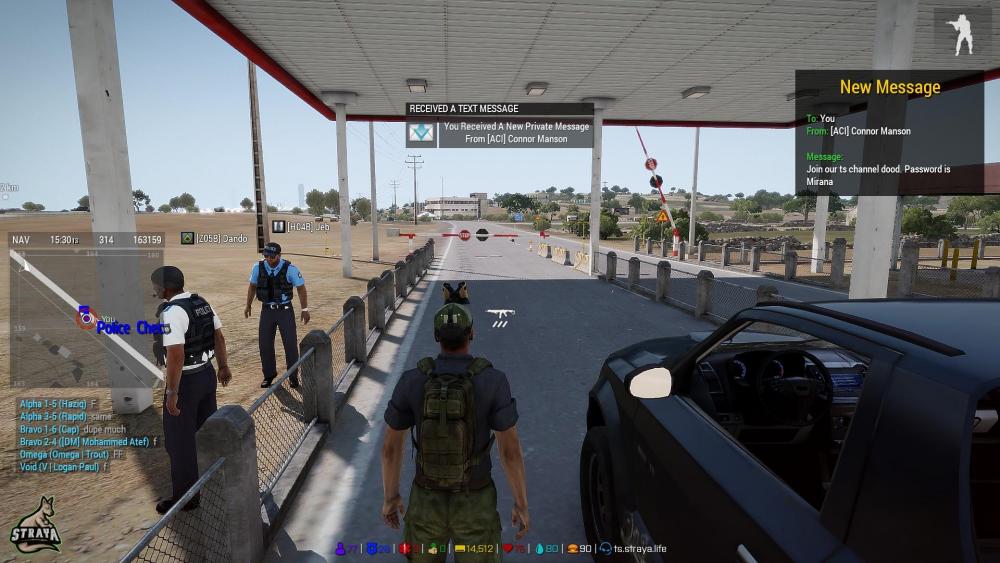
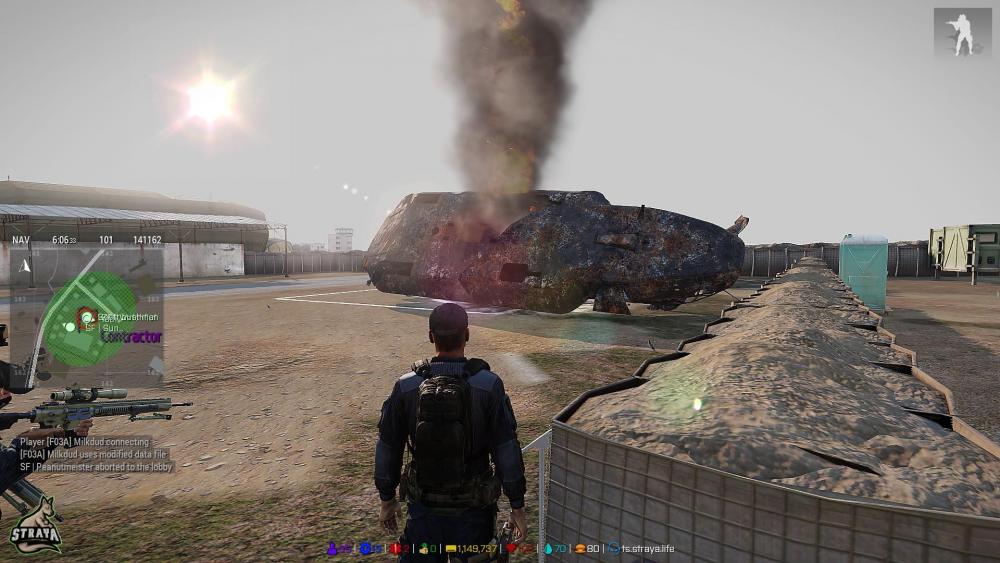
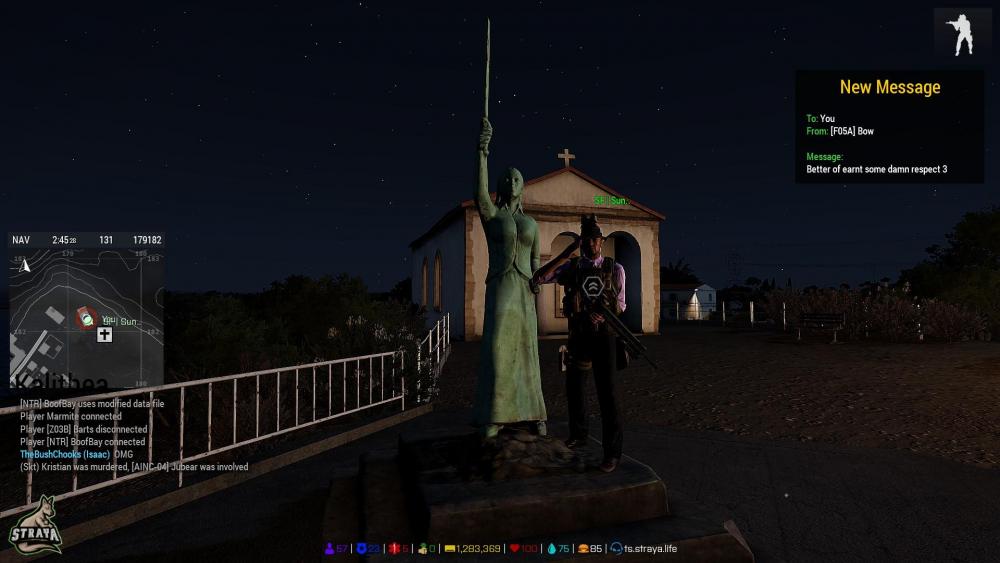

rf come fight bruh
in Discussions
Posted